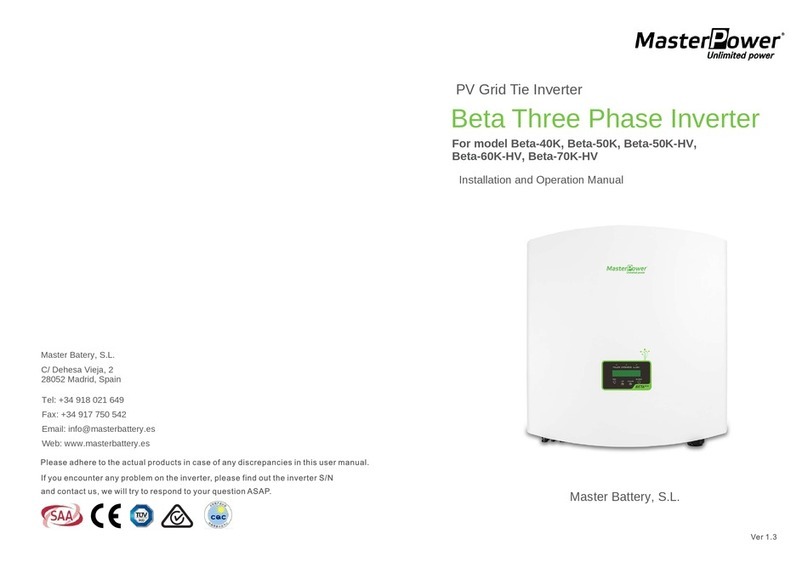Table Of Contents
1. Introduction ....................................................................................................1
2. Important Safety Warning.................................................................................2
3. Unpacking & Overview .....................................................................................4
3-1. Packing List .............................................................................................4
3-2. Product Overview .....................................................................................4
4. Installation ......................................................................................................5
4-1. Precaution ...............................................................................................5
4-2. Selecting Mounting Location......................................................................5
4.3. Mounting Unit ..........................................................................................5
5. Grid (Utility) Connection ...................................................................................7
5-1. Preparation..............................................................................................7
5-2. Connecting to the AC Utility.......................................................................7
6. Generator Connection.......................................................................................8
6-1. Preparation..............................................................................................8
6-2. Connecting to the Generator Input.............................................................8
7. PV Module (DC) Connection ..............................................................................9
8. Battery Connection......................................................................................... 12
9. Load (AC Output) Connection.......................................................................... 13
8-1. Preparation............................................................................................ 13
8-2. Connecting to the AC output ................................................................... 13
9. Communication.............................................................................................. 15
9-1. Pin Assignment for RS-232 Communication Port........................................ 16
9-2. Pin Assignment for BMS Communication Port ............................................ 16
9-3. Dry Contact Signal.................................................................................. 16
10. Commissioning .............................................................................................. 18
11. Initial Setup................................................................................................... 19
12. Operation ...................................................................................................... 30
12-1. Interface.............................................................................................. 30
12-2. LCD Information Define......................................................................... 30
12-3. Touchable function keys ........................................................................ 32
12-4. LCD Setting.......................................................................................... 33
12-5. Query Menu Operation.......................................................................... 41
12-6. Operation Mode & Display ..................................................................... 46
13. Charging Management ................................................................................... 50
14. Maintenance & Cleaning ................................................................................. 52
15. Trouble Shooting............................................................................................ 53
15-1. Warning List......................................................................................... 53
15-2. Fault Reference Codes .......................................................................... 54
16. Specifications ................................................................................................ 56
Appendix I: Parallel Installation Guide...................................................................... 58
Appendix II: The Wi-Fi Operation Guide................................................................... 65




























